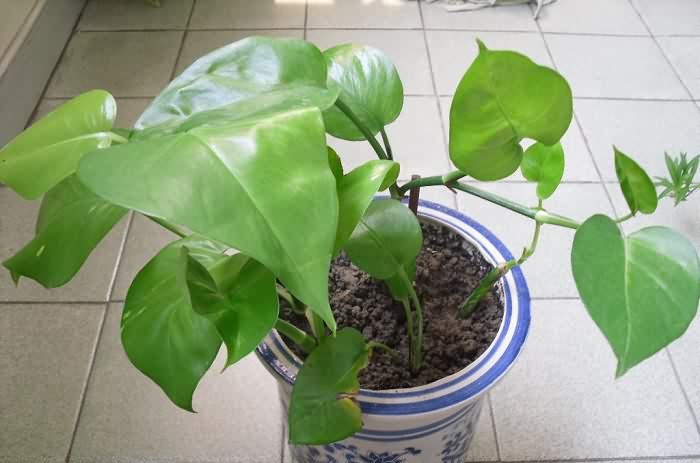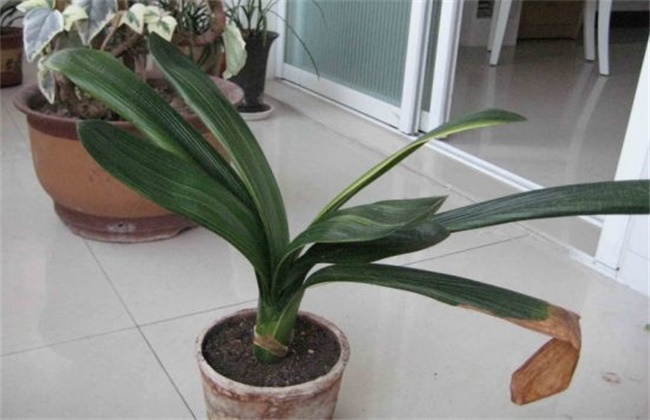Culture methods and matters needing attention of rubber trees
Rubber tree, also known as Indian banyan, is a kind of tree, which mostly exists in the form of potted plant in our country. Rubber tree now has a large cultivated area in China, and its ornamental value is very high. And the rubber tree is also born hard rubber, which has a certain economic value. So how to raise rubber trees? What are the points for attention? The following editor brings you the breeding methods and matters needing attention of rubber trees, let's have a look!

1. Pre-planting preparation
Rubber trees generally grow in a warm and humid environment, do not have strict requirements for light, and can withstand a minimum temperature of 5 degrees. Therefore, we should choose a good culture environment before planting to ensure that the environment is suitable for the growth of rubber trees. Then to prepare the soil, because rubber water likes water, so to ensure that the soil has a good drainage and irrigation capacity, its sufficient fertility, water and fertilizer conservation capacity. If you prepare your own culture soil, then it is mainly rotten leaf soil, river sand and garden soil, the base fertilizer is mainly cake fertilizer, and the base fertilizer should not be excessive to avoid fertilizer damage.
2. Water and fertilizer management
Rubber water likes water, but its resistance to waterlogging is very poor, and it is not resistant to drought. In the planting process, we should pay attention to keep the soil moist, and often water the leaves to improve the surrounding air humidity. After entering the summer, the temperature rises and the water evaporates quickly, so the amount of water should be increased appropriately. On the contrary, the amount of water should be controlled in winter, but the soil should not be too high to avoid the phenomenon of falling leaves. When applying fertilizer, do not apply nitrogen fertilizer to avoid excessive growth of rubber trees, enlarge the leaf spacing and reduce the ornamental value. The young plants can be applied once every 3 weeks or so, and the fertilizer is mainly compound fertilizer, and then mixed fertilizer is applied once every two months to avoid growing too high.
3. Reasonable pruning
Rubber tree in the normal growth, the plant type is relatively tall, so in order to ensure its ornamental. When the plant grows to a height of about 60 cm, top at a position of 40 cm. Promote the growth of new branches, promote the formation of about 4 lateral branches, and inhibit the height of the plant. And in the process of planting, we also have to cut off the lateral branches every year, which is usually in the spring every year to promote the extraction of more new branches. If it is not pruned and allowed to grow, then the crown is hollow, the branches and leaves are not dense, and the ornamental value is very low.
4. Points for attention
Although the rubber tree has a strong shade tolerance, but if you want it to thrive, then you should also pay attention to provide it with sufficient light. However, we should not let the sun shine directly for too long, so we should also take good shading measures. When providing light, it is necessary to do a good job of ventilation and cooling in order to prevent excessive temperature. Then we should pay attention to control the temperature, the cold resistance of rubber trees is not strong. Although it can withstand an environment of 5 degrees, when it is less than 10 degrees, it is necessary to keep warm in time to prevent frost damage.
The above is a brief introduction of rubber tree culture methods and matters needing attention. In fact, it is not difficult to raise rubber trees, mainly to pay attention to temperature, light, water and fertilizer and other problems. That's all for today's introduction. This article is for reference only. I hope it can help you all.
- Prev

Methods and matters needing attention for propagation of green pineapple
Green pineapple is a common indoor green plant, which can absorb impurities and purify the air, and can absorb harmful substances such as benzene, trichloroethylene, formaldehyde and other harmful substances in the air. It is one of the preferred green plants for ventilation and clean smell in new house decoration. In combination with other aldehyde and benzene removal
- Next

The reason why Phalaenopsis does not bloom
The reason why Phalaenopsis does not bloom
Related
- Fuxing push coffee new agricultural production and marketing class: lack of small-scale processing plants
- Jujube rice field leisure farm deep ploughing Yilan for five years to create a space for organic food and play
- Nongyu Farm-A trial of organic papaya for brave women with advanced technology
- Four points for attention in the prevention and control of diseases and insect pests of edible fungi
- How to add nutrient solution to Edible Fungi
- Is there any good way to control edible fungus mites?
- Open Inoculation Technology of Edible Fungi
- Is there any clever way to use fertilizer for edible fungus in winter?
- What agents are used to kill the pathogens of edible fungi in the mushroom shed?
- Rapid drying of Edible Fungi

